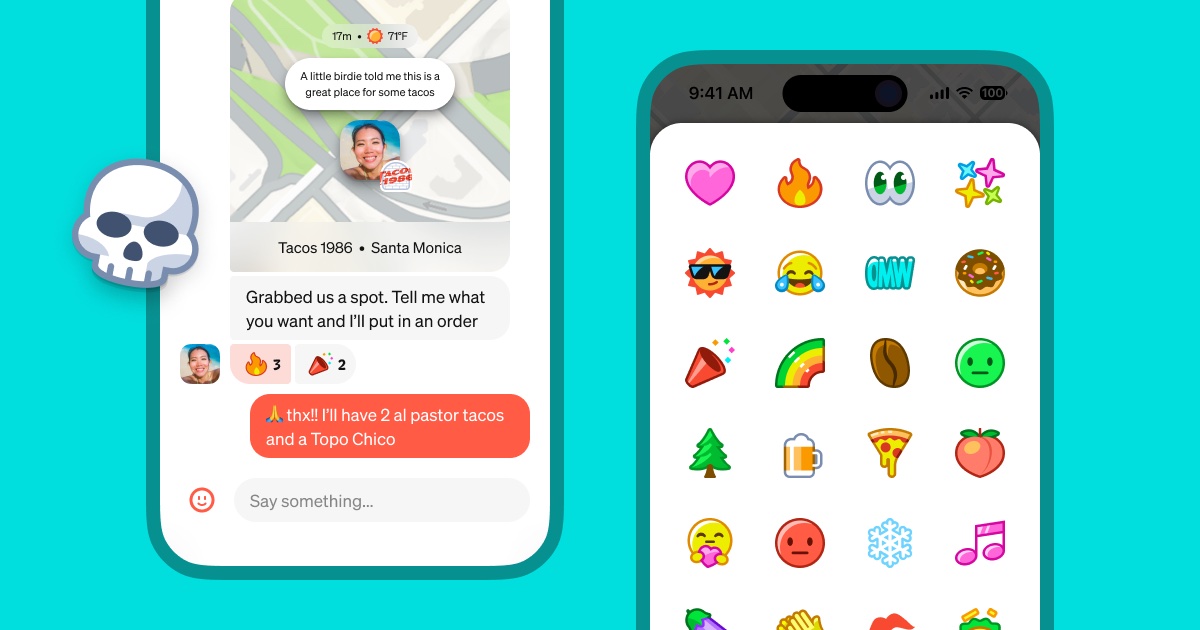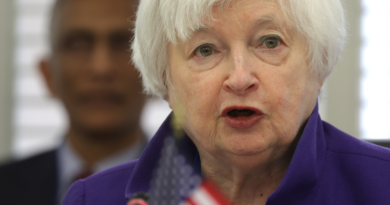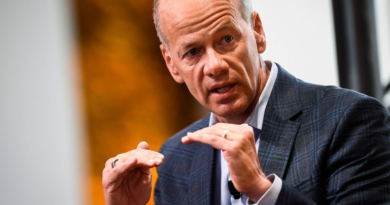Gowalla returns to see if location-based networking is ready for its mainstream moment
Gowalla co-founder and CEO Josh Williams is heading to the annual SXSW music, technology and arts festival in Austin, Texas this year to do something he’s already done – launch a location-based social networking app. One with the same name and core concept as the original, too. Gowalla made its debut in 2009 in Austin (where it was headquartered at the time) and today, it’s launching publicly there again, with a fresh look and feel, and some fundamental differences, but still hewing to the central belief that people are looking for ways to connect locally, in person, with the help of technology.
I spoke to Williams about the complicated topography of the map he followed to get to here – which includes the original founding; the hype-filled location-based app wars that followed in which Foursquare acted as its primary rival (Dennis Crowley is now among Gowalla’s investors); an acquisition by Facebook in 2011; a shuttering of the app just a year later; and a rebirth mid-way through a global pandemic.
But first, what is Gowalla? For some, this is part refresher, but a good number of you are probably learning about it for the first time. In essence, the app is a social network that uses a map as its primary interface, allowing you to “check in” to share your location with trusted contacts, and to see the locations where others in your friends list have also checked in. Landmarks and other locations (including branded spots like Chipotle) appear on the map, and you can add your own locations as well. You can add comments on friends’ check-ins, and have conversations right in the app, too. There’s a new mechanism for swiping through recent friend check-ins, and a gamified element via collection of stamps related to your activity. It’s simple, but engrossing and distinctly different from what’s currently available from just about any mobile social competitors.
The name of the app and its guiding principals may not have changed, but the landscape sure has, and that’s what Williams says will give Gowalla a better chance at lasting success than it had the first time around. In part, he said, the reason the first try didn’t stick is that the perceived race between Gowalla and Foursquare over who would essentially become the next Facebook or the next Twitter (it did at the time seem like both had a shot) meant making some decisions that Williams says were not right long-term for location-based networking.
“Whether right or wrong, press and everybody else says one of these companies is going to be the next Facebook or the next Twitter – so, let’s beat the crap out of them,” he said. “It’s going to be a zero sum game to be the next big thing, and that becomes this race for, how do you get the most users, and how do you then throw ads against them? A lot of the thought, then, was that we would have these local ads, and you would check in and you’d get a nickel off your coffee, or whatever. We could talk about that a lot, but for various reasons, it’s a bad idea, and it’s not going to work.”
Instead, Williams thinks the secret to a sustainable future for an app like Gowalla lies with the users who love it the most. There’s precedent, he says, citing possibly the largest in the form of a well-established global phenomenon.
“There are, I don’t know how many million traditional Pokemon card players there are, but there are effectively two markets: You have the deck builders, the people that actually know that there’s a game that exists here, and who are going to structure their deck and know all the rules,” he said. “And then there’s my son, who just wants to collect Pikachu and Charizard and has no larger care whatsoever. Pokemon’s done a really great job of catering to actually these two different audiences – really hardcore, and then this really casual group.”
This model doesn’t just work in card-based gaming, either, according to Williams. He also pointed to Fortnite as something that has effectively done the same, and the Nikita Bier-founded Gas app acquired by Discord earlier this year, as well as social networking products that are successful outside the U.S., and in Asia in particular.
Already, Gowalla has a prototypical version of this approach in play: Its “street team” feature, which provides additional features and early beta access to users who pay a small recurring membership fee. Williams says one of the things that has changed is the sheer scale of mobile users, which means that even if only a small percentage of your overall user base wants to pay up, you stand a chance of building something that can successfully monetize in this way. Location-based networking app Zenly, which Snap acquired and then shut down, much to the chagrin of its many million active users, is a great example of an app that had that kind of scale in the same space Gowalla is targeting, he added.
Zenly’s rapid growth, and subsequent death at the hands of its acquirer, is a great signal for Williams and efforts like Gowalla: It had 35 million daily active users in 2022 not long before it was shuttered earlier this year. Zenly’s demise wasn’t really a signal of its own potential, so much as it was an indicator of the needs and priorities of Snap at the time, facing an uncertain economic environment.
As for why the current moment might have more potential for a location-based social network than ever before, Williams cites the sheer number of devices that are out there now, with location services enabled and users comfortable with opting into them. He also points to a rare success from an unlikely player when it comes to social networking software: Apple.
“I do think things have changed a whole lot again, over the past 10 years where you see, obviously, Find my Friends,” Williams said. “Apple did a lot of footwork of making that feel almost like an ad-hoc social network in and of itself.”
Gowalla has an impressive list of notable investors this time around, including MG Siegler from GV (who actually covered Gowalla in its original form very early on for TechCrunch when he was a writer here). I spoke to Siegler about why he’s optimistic the timing is right for a location-based networking comeback. He said that all his experience has led him to the conclusion that everything in tech comes back around, and the question of whether a startup is successful comes down to timing.
“I sort of believe, for a lot of startups, if they just have a long enough time horizon, they can be in the right place at the right time, for something to work,” he said.
While Gowalla didn’t have both the timing and the place right the first time, he said that Williams and his team are poised to capitalize with this resurrection, given signals like the Zenly success already mentioned above.
“It does feel like it’s more of a right place, right time than it’s ever been,” Siegler said. “Obviously, there are more phones in people’s hands, the networks are better, these phones are way, way, way more powerful than they were back in the original location wars days. And there are business models now in place that seem like they can support such an operation.”
Siegler sees hope for Gowalla’s future in being able to implement subscription services, digital goods, or maybe a combination of these different approaches, paired with the clear demand demonstrated by Zenly’s success.
The other key timing element Williams cited as a driving force was the pandemic; He re-established the company in October 2020, and said that the global crisis helped inform his decision to start again on a number of fronts. First, he said that “people are going to have the seedier to go back out and experience the world” once they were able to do so. And operationally, he noted that it “removed the stigma of running a distributed team,” which was a boon since there were specific individuals he wanted to work with from his experience at Gowalla, but these people were now spread out around the world – including Instagram design pioneer and original Gowalla alum Tim Van Damme.
Williams also thinks the timing is right because of the way social media as a category overall is trending. Facebook is losing prominence, and while TikTok is ascendant, he also thinks there will be a reaction to that kind of approach in terms of user wants. Likewise, generative AI means there’s going to be a new premium on real human connection, Williams believes.
“In some ways, the ways social media has evolved, has certainly made it interesting to build, again, more private, or not necessarily private, but smaller, more intimate, more authentic sorts of networks,” he said. “The other thing, too, that we’re seeing early glimpses of, is what is going to happen with, say chatGPT, or some of the other AI approaches. I think there, you’re going to see all of this content that’s been created by AI that spits out on to these other social media canvases. So there’s going to be a premium on knowing who’s real and what’s real. I think that plays into an opportunity for products that are innovating on these connections that are more real life, real world-based, to say, ‘Hey, these are, these are my real friends.’”




